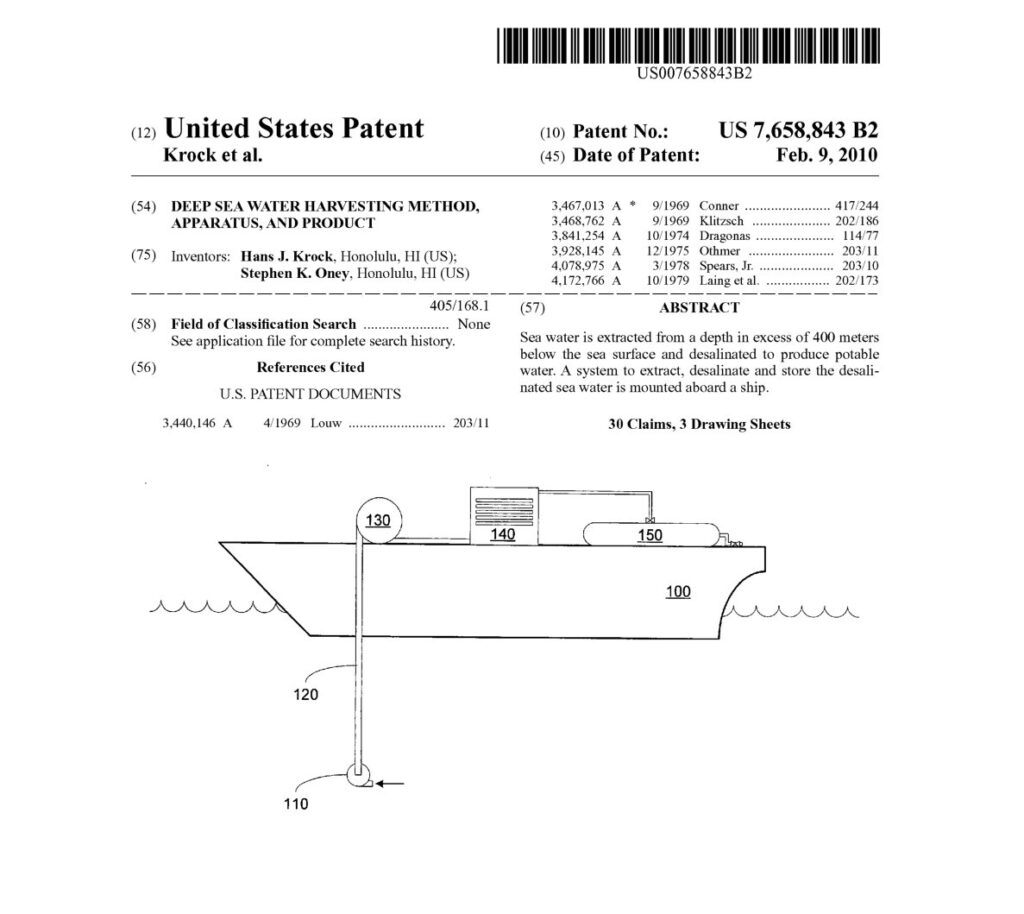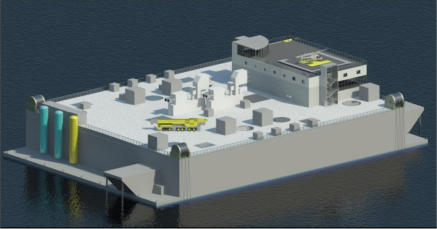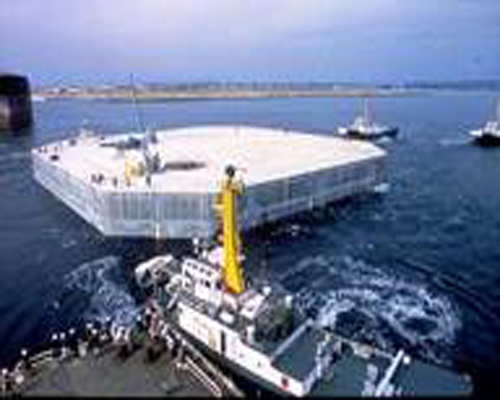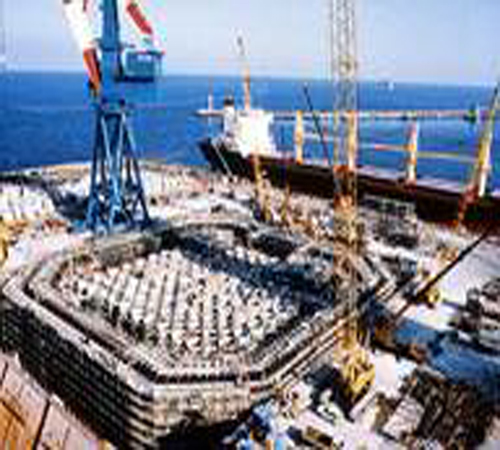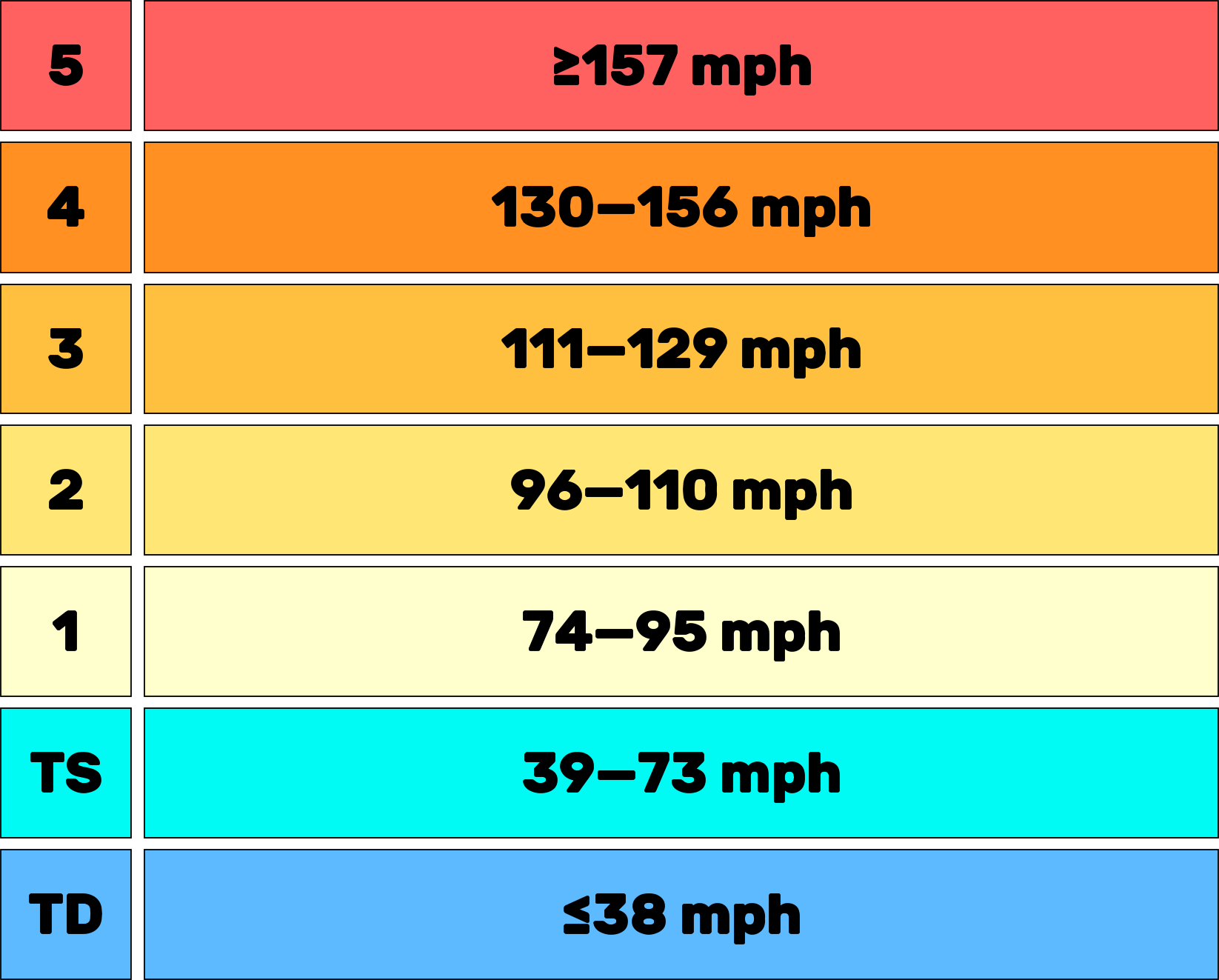OTEC
Limitless and sustainable
OTEC is the only source of energy that is virtually limitless and sustainable and large enough to replace fossil fuels. With the electric energy produced by OTEC, hydrogen and oxygen can be generated by separating the hydrogen from the oxygen in water using electrolysis. The resulting H2 and O2 gasses can then be liquified and transported in cryogenic tankers to various destinations. Fresh water can also be produced by using the electric power generated to operate reverse osmosis desalination equipment.
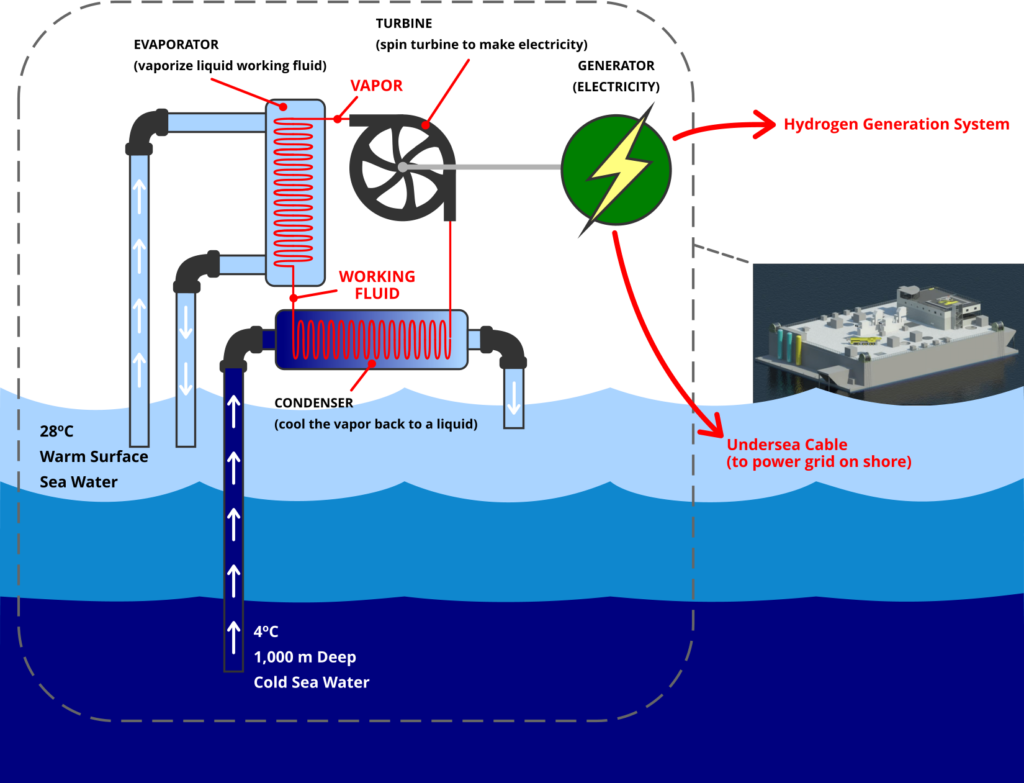
How It Works
The concept of OTEC was originally introduced in 1881 by a French scientist Arsene D’Arsonval. According to D’Arsonval, if you take a liquid with a low boiling point such as liquid ammonia (the working fluid), and use the warm, tropical surface sea water (24°C or higher) to boil the ammonia, the change from a liquid to gas would involve a significant volumetric increase of at least 600:1. This great increase in volume in a confined chamber will create pressurized flow that turns a turbine to generate electric power. When you then take the deep cold water from the ocean at about 1000 m depth at 4°C to cool the vaporized ammonia, it will return the ammonia gas back to its original liquid form. The cycle is then repeated again with the warm surface sea water boiling and evaporating the ammonia to generate more power. This cycle can go on 24 hours a day, year after year, with relatively little maintenance and cost.
location, location, location
The OTEC cycle operates in tropical seas where water depths exceed 1000 meters and a 20°C or more differential temperature exists between the warm sea surface and the cold deep sea water. In the tropical zone between the Tropic of Cancer and the Tropic of Capricorn, the sea water warmed by the sun’s rays daily absorbs approximately 10,000 times the energy consumed by all humanity in that same 24 hour period.
Because the EHS OTEC system uses a floating platform, this approach requires a sea state that is relatively calm, avoiding areas that are subject to intense tropical storms.
Global Sea Surface Temperatures
NASA/Goddard Space Flight Center Scientific Visualization Studio The Blue Marble Next Generation data is courtesy of Reto Stockli (NASA/GSFC) and NASA’s Earth Observatory.
mini otec
In 1979, Dr. Alfred A. Yee designed the structural modification of a steel barge on loan from the U.S. Navy to serve as a floating platform to support OTEC facilities off the southern coast of the island of Hawaii. This facility, known as MINI OTEC performed a major breakthrough in proving the D’Arsonval theory by generating 50kW of electric power while using 40kW of the 50kW generated to operate the system, resulting in a net 10kW output of electrical power. Dr. Hans Krock played a scientific role in this MINI OTEC effort and subsequent studies.
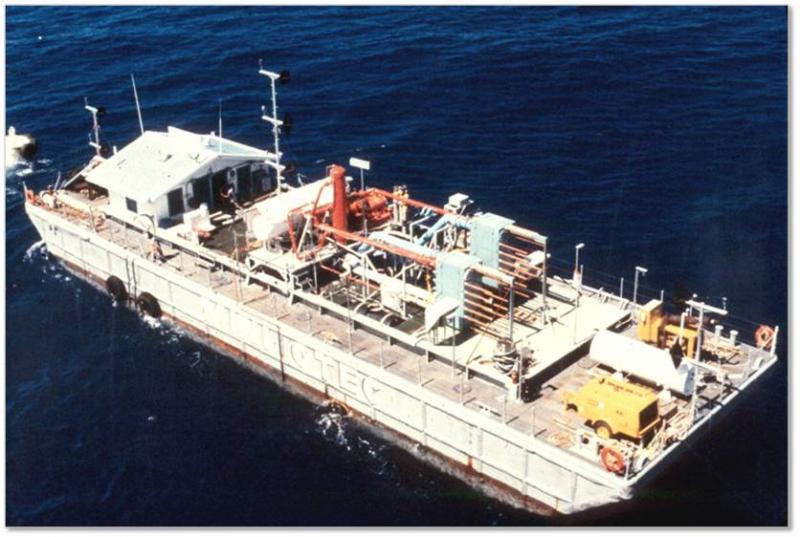
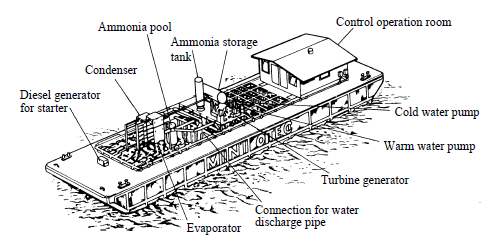
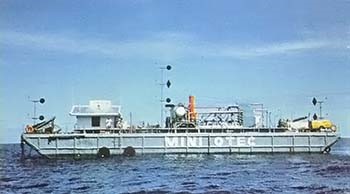
ehs advances
Since the development of MINI OTEC in 1979, Dr. Hans Krock and Dr. Al Yee continued improving OTEC technology, making substantial advances in the floating platform and cold water pipe.
